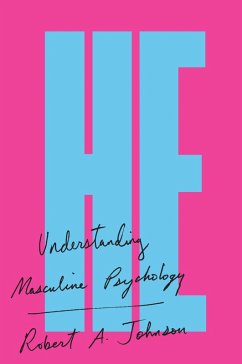
Minds of Madness: Exploring Historical Serial Killers' Psyches (eBook, ePUB)

PAYBACK Punkte
0 °P sammeln!
The Anatomy Act of 1832 was a pivotal piece of legislation that emerged during a period of great social and medical upheaval in early 19th century England. Prior to its enactment, the supply of cadavers for medical research and education was limited, leading to a desperate need for bodies among medical schools. This scarcity resulted in a grave-robbing epidemic, as individuals known as "resurrectionists" would illegally exhume corpses to sell to anatomists. The public outcry over these practices grew, fueled by a combination of moral outrage and fear, particularly in relation to the treatment ...
The Anatomy Act of 1832 was a pivotal piece of legislation that emerged during a period of great social and medical upheaval in early 19th century England. Prior to its enactment, the supply of cadavers for medical research and education was limited, leading to a desperate need for bodies among medical schools. This scarcity resulted in a grave-robbing epidemic, as individuals known as "resurrectionists" would illegally exhume corpses to sell to anatomists. The public outcry over these practices grew, fueled by a combination of moral outrage and fear, particularly in relation to the treatment of the dead. The Anatomy Act was thus a response to these societal concerns, aiming to regulate the supply of bodies for medical study while also addressing the ethical implications surrounding the treatment of the deceased.
The Act allowed for the legal donation of bodies from those who died in workhouses or were unclaimed by relatives. This shift was significant in establishing a more ethical framework for anatomical study, as it sought to alleviate the fears associated with grave robbing and the desecration of the dead. However, the legislation also reflected the stark social divisions of the time, as it primarily affected the lower classes. The reliance on workhouse bodies highlighted the pervasive inequalities in society, where the poor became the primary sources of cadavers for medical education. This dynamic not only underscored the exploitation of the disadvantaged but also raised questions about the moral responsibilities of society towards its most vulnerable members.
The implications of the Anatomy Act were particularly pronounced in light of notorious cases such as those of the London Burkers, William Burke and William Hare. These individuals capitalized on the gaps in the law and the desperate demand for cadavers by murdering vulnerable victims, predominantly from impoverished backgrounds, and selling their bodies to medical schools. The Burkers' crimes epitomized the dark intersection of social class, criminality, and medical ethics during this era. Their actions not only shocked the public but also ignited further discussions about the ethics of anatomical research and the treatment of the poor, who were often seen as disposable in both life and death.
The Act allowed for the legal donation of bodies from those who died in workhouses or were unclaimed by relatives. This shift was significant in establishing a more ethical framework for anatomical study, as it sought to alleviate the fears associated with grave robbing and the desecration of the dead. However, the legislation also reflected the stark social divisions of the time, as it primarily affected the lower classes. The reliance on workhouse bodies highlighted the pervasive inequalities in society, where the poor became the primary sources of cadavers for medical education. This dynamic not only underscored the exploitation of the disadvantaged but also raised questions about the moral responsibilities of society towards its most vulnerable members.
The implications of the Anatomy Act were particularly pronounced in light of notorious cases such as those of the London Burkers, William Burke and William Hare. These individuals capitalized on the gaps in the law and the desperate demand for cadavers by murdering vulnerable victims, predominantly from impoverished backgrounds, and selling their bodies to medical schools. The Burkers' crimes epitomized the dark intersection of social class, criminality, and medical ethics during this era. Their actions not only shocked the public but also ignited further discussions about the ethics of anatomical research and the treatment of the poor, who were often seen as disposable in both life and death.
Dieser Download kann aus rechtlichen Gründen nur mit Rechnungsadresse in A, B, CY, CZ, D, DK, EW, E, FIN, F, GR, H, IRL, I, LT, L, LR, M, NL, PL, P, R, S, SLO, SK ausgeliefert werden.













